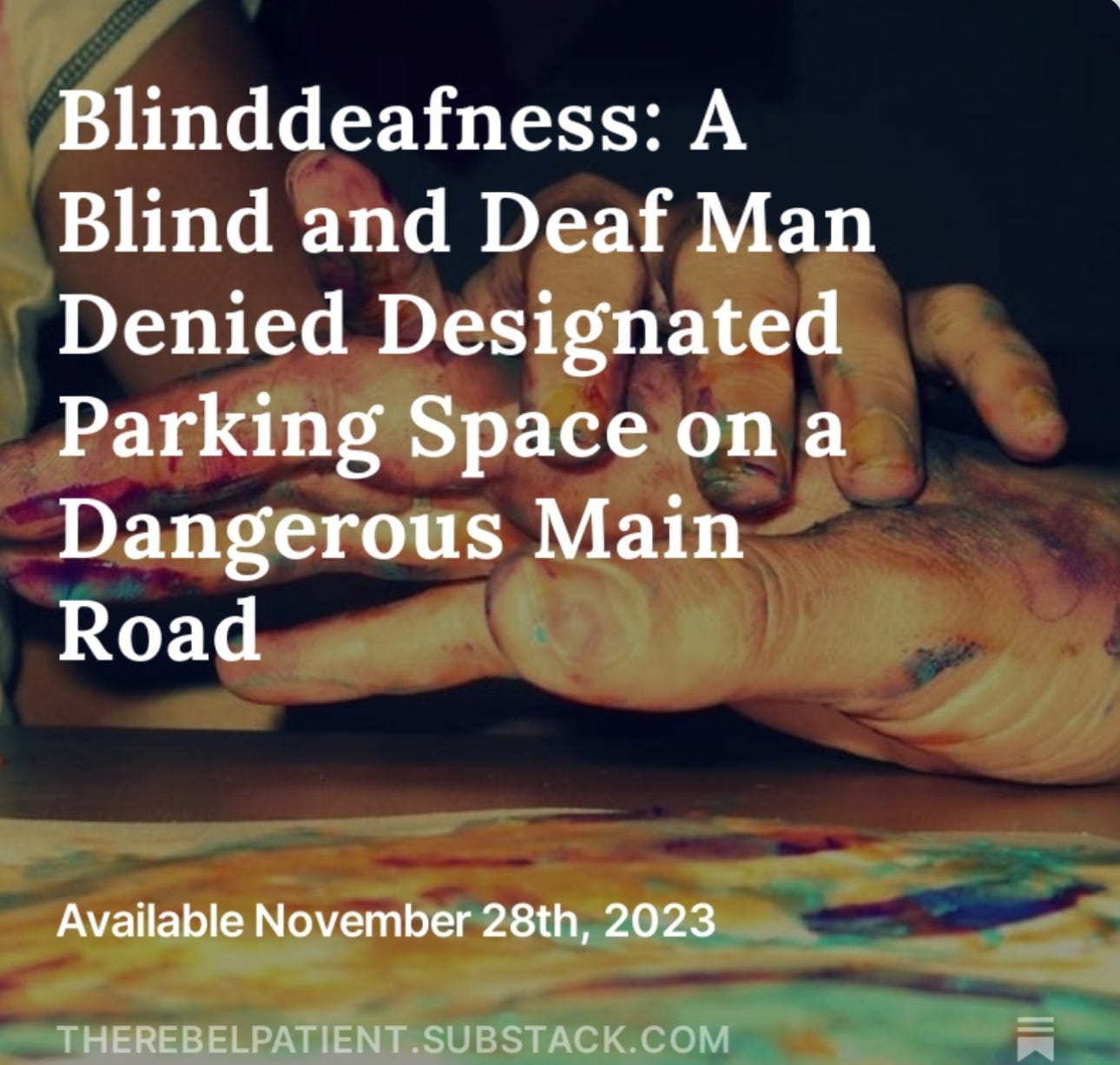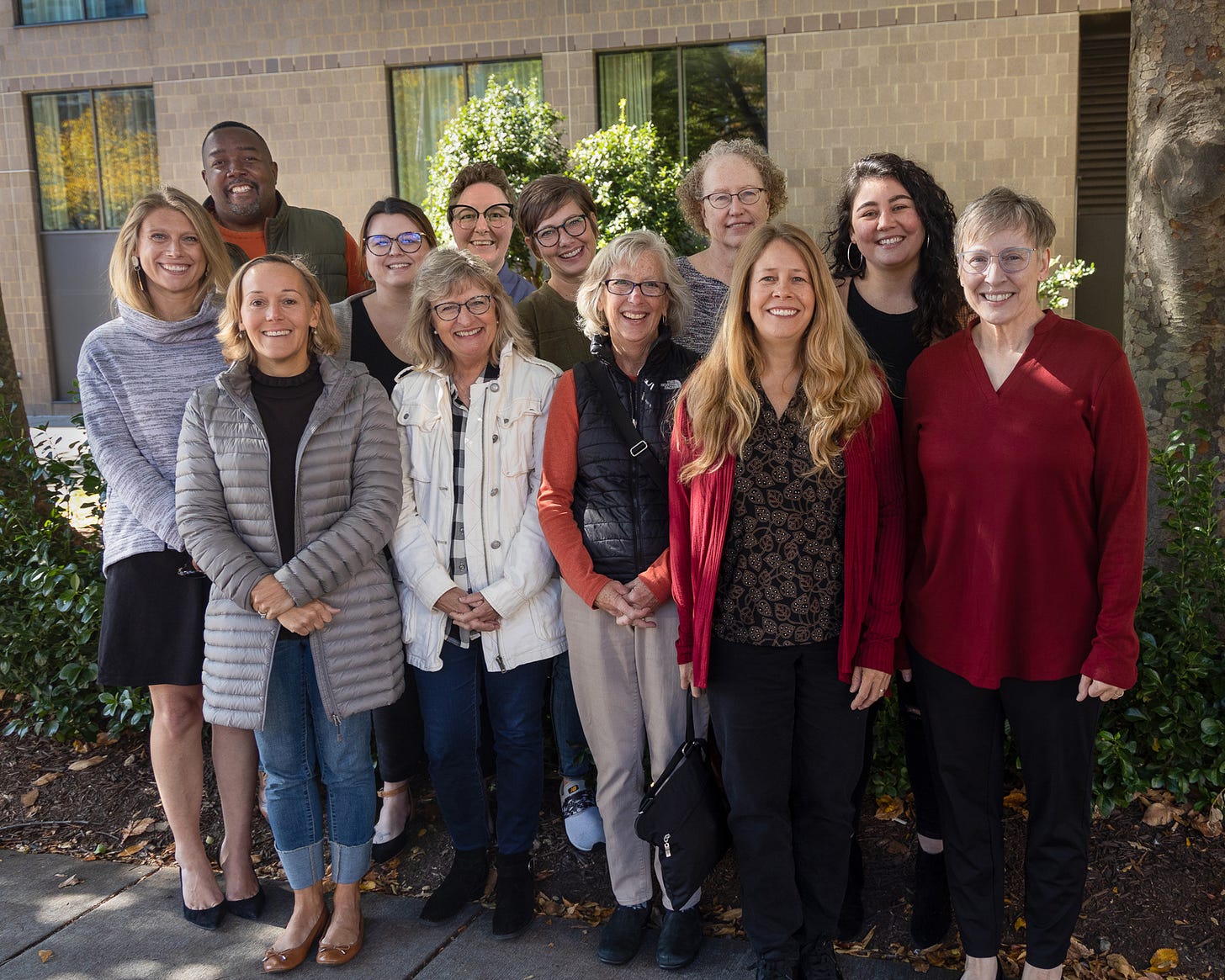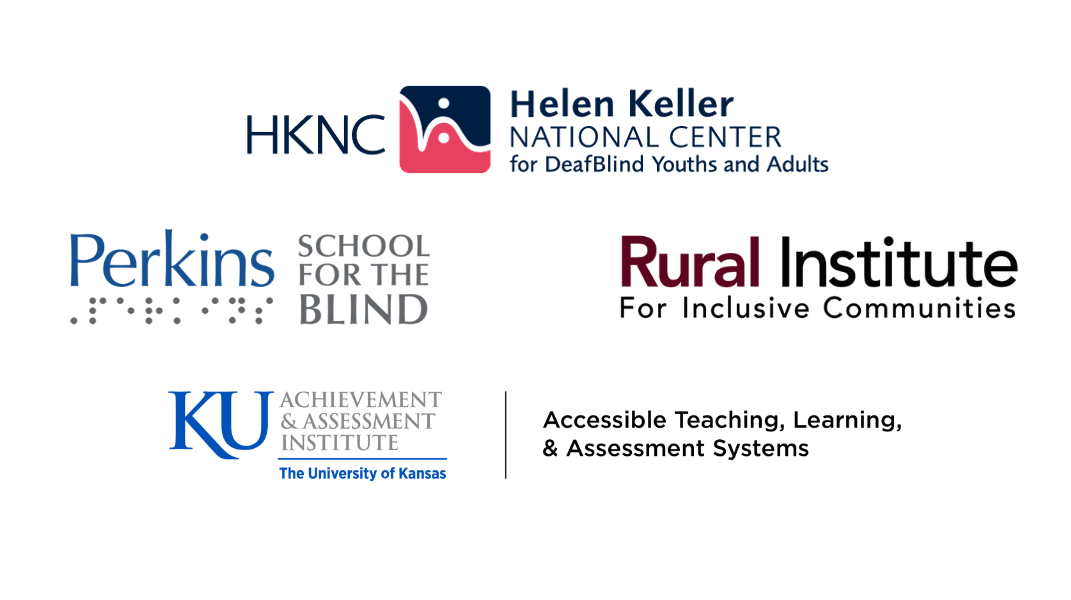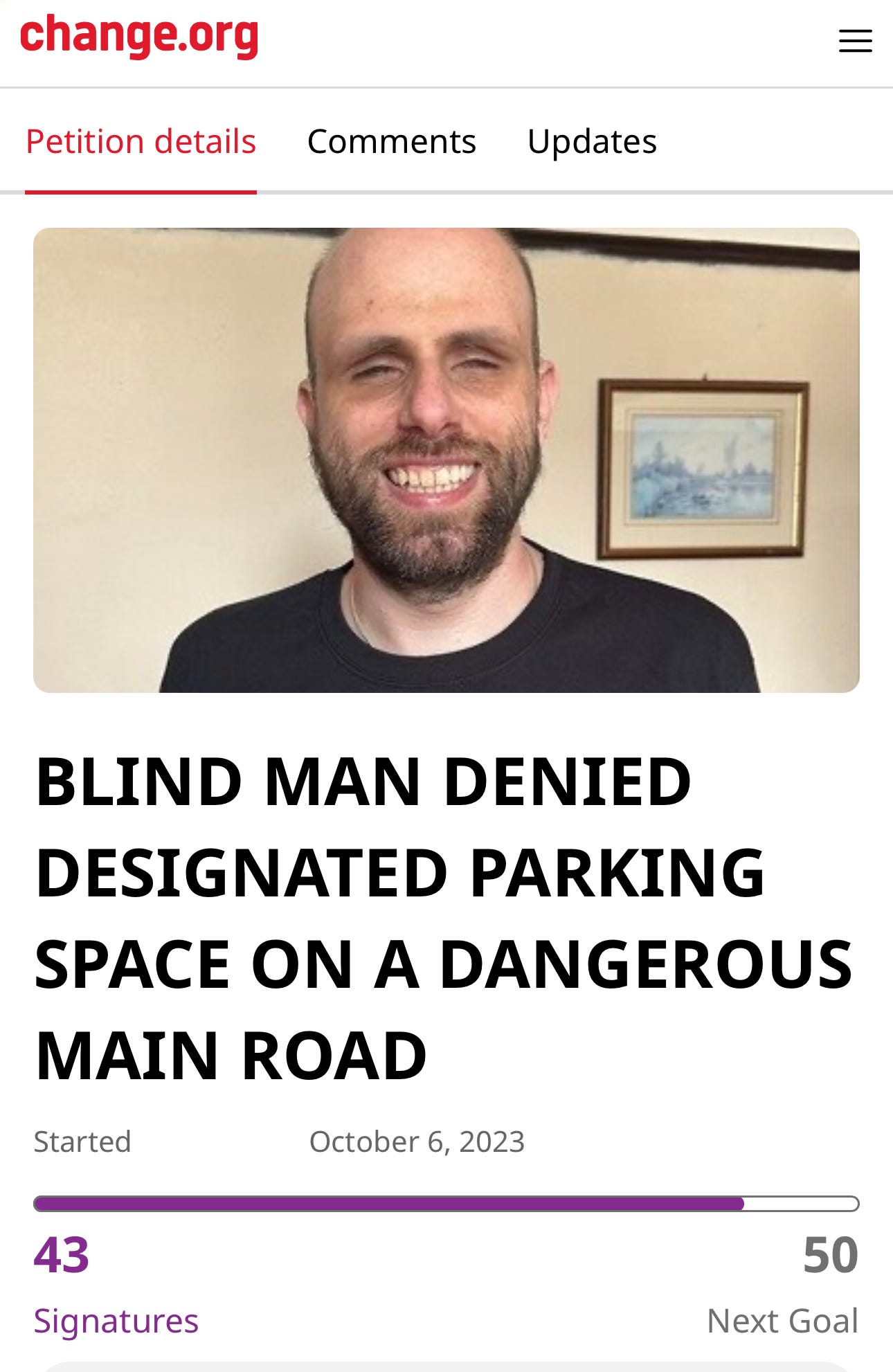The National Center for Blinddeafness
What We Do
There are approximately 10,000 children and youth in the United States who have been identified as deafblind.
Deafblindness is a low-incidence disability and within this population there is great variability in terms of age, race/ethnicity, cause of deafblindness, and severity and type of hearing and vision loss.
Ninety percent have additional physical, medical, or cognitive disabilities.
As a national technical assistance center, NCDB works with state deafblind projects and other partners to improve educational results and quality of life for children who are deafblind and their families.
Why We Do What We Do
As a result of our work with state deafblind projects and other partners we aim to
Increase identification of children and youth who are deafblind
Promote the adoption of high-quality deafblind education practices
Increase children's access to communication, education, social relationships, and the environment
Increase the number of qualified personnel
Increase the quality of support available to families
Improve transition outcomes so that students successfully move from high school to post-secondary education or employment and community life
NCDB Annual Impact Reports
Meet the People Behind NCDB
NCDB staff are located in various locations across the country, including New York, Massachusetts, Wisconsin, Kansas, Oregon, Arkansa, Ohio, and Montana.
Collectively, we have extensive knowledge and skills in areas needed to operate a national technical assistance and dissemination center for children who are deafblind. These include leadership, project management and administration, technical assistance—including systems change and personnel development—deafblind practices, information management, product development, dissemination, and program evaluation.
Learn More About Our Partners
The National Center on Deafblindness is comprised of six established agencies with an excellent track record of serving children who are deafblind. This multi-agency approach allows us to gather qualified staff from across the U.S., which is essential in the highly specialized field of deafblindness where expertise is geographically dispersed. Lead agency: Helen Keller National Center.
The reason I introduced these statistics and background on blinddeafness is because John needs your help.
Change.org for John
Not affiliated with the National Center for Blinddeafness, but blind and deaf: John, who needs a dedicated parking space outside his home.
Change.Org for John:
https://www.change.org/p/blind-man-denied-designated-parking-space-on-a-dangerous-main-road
Have you ever been disabled and thought how nice it would be to get a disability spot painted outside your house? John is blind and deaf, and I want to help him get a spot.
Why This Petition Matters
Started by Victoria Lewin
Stoke-on-Trent council are denying a simple request - to help John, a blind and deaf man, by having a designated parking space painted on the road outside his house.
John Williams really is one in a million - such a kind, compassionate and understanding man with a heart of gold. Loved by all who know him, and well respected within the community.
He lives on a dangerous main road and without a designated parking space his wife cannot ensure he gets into the house safely.
Whenever she has to drop him off and park elsewhere, he struggles to get onto the pavement safely... often ending up in the middle of the road with no idea where he is.
It's a miracle that he hasn't been knocked down before, because it's an accident waiting to happen.
John's wife has been trying to get a designated safe space created outside the house, but to no avail. Despite her best efforts the council and the local MP don't want to know.
That's why this petition has been created - in the hope that it might make a difference - if the council can see how many people are against their decision.
Will you be one of those people?
Thank you!









